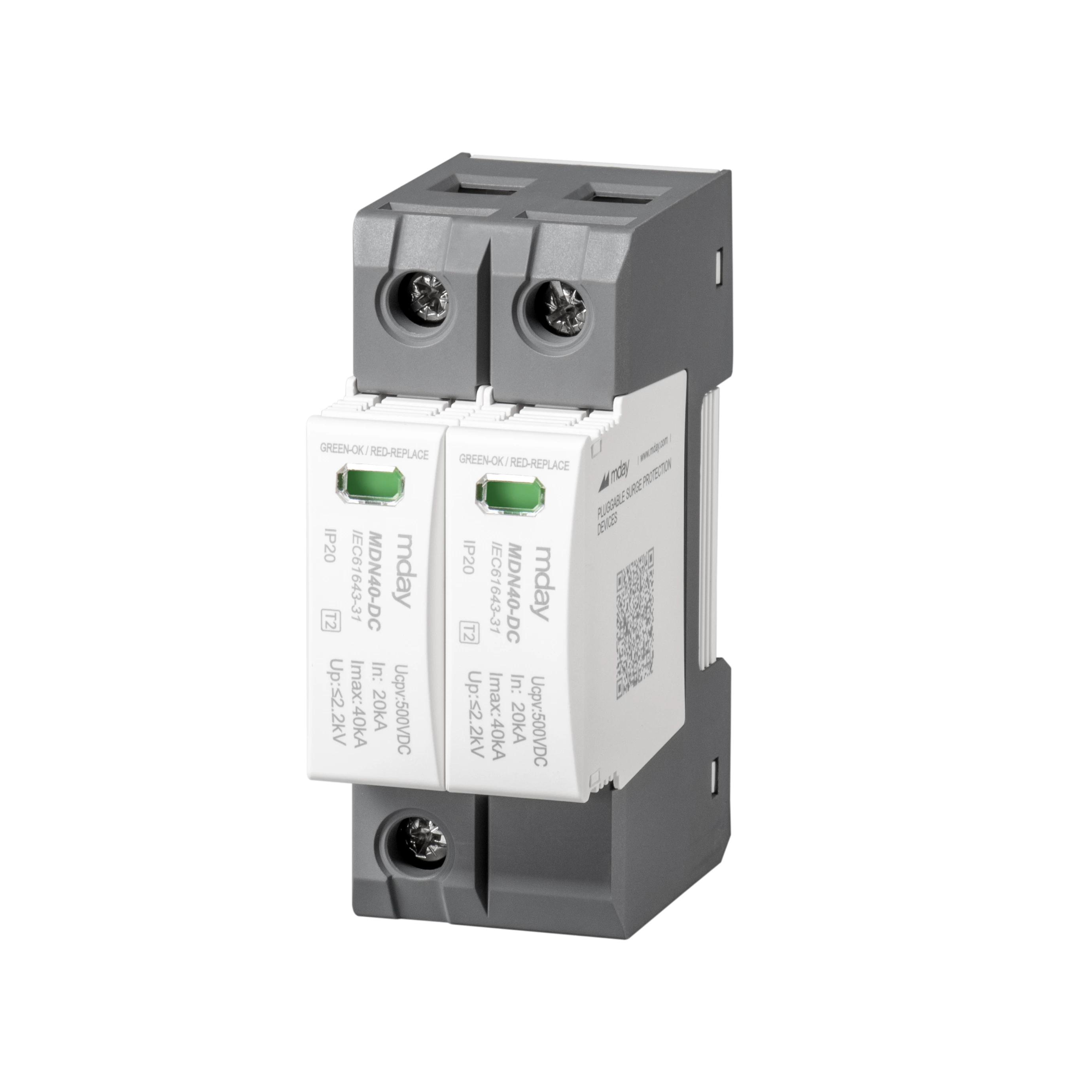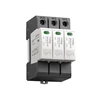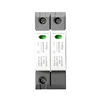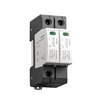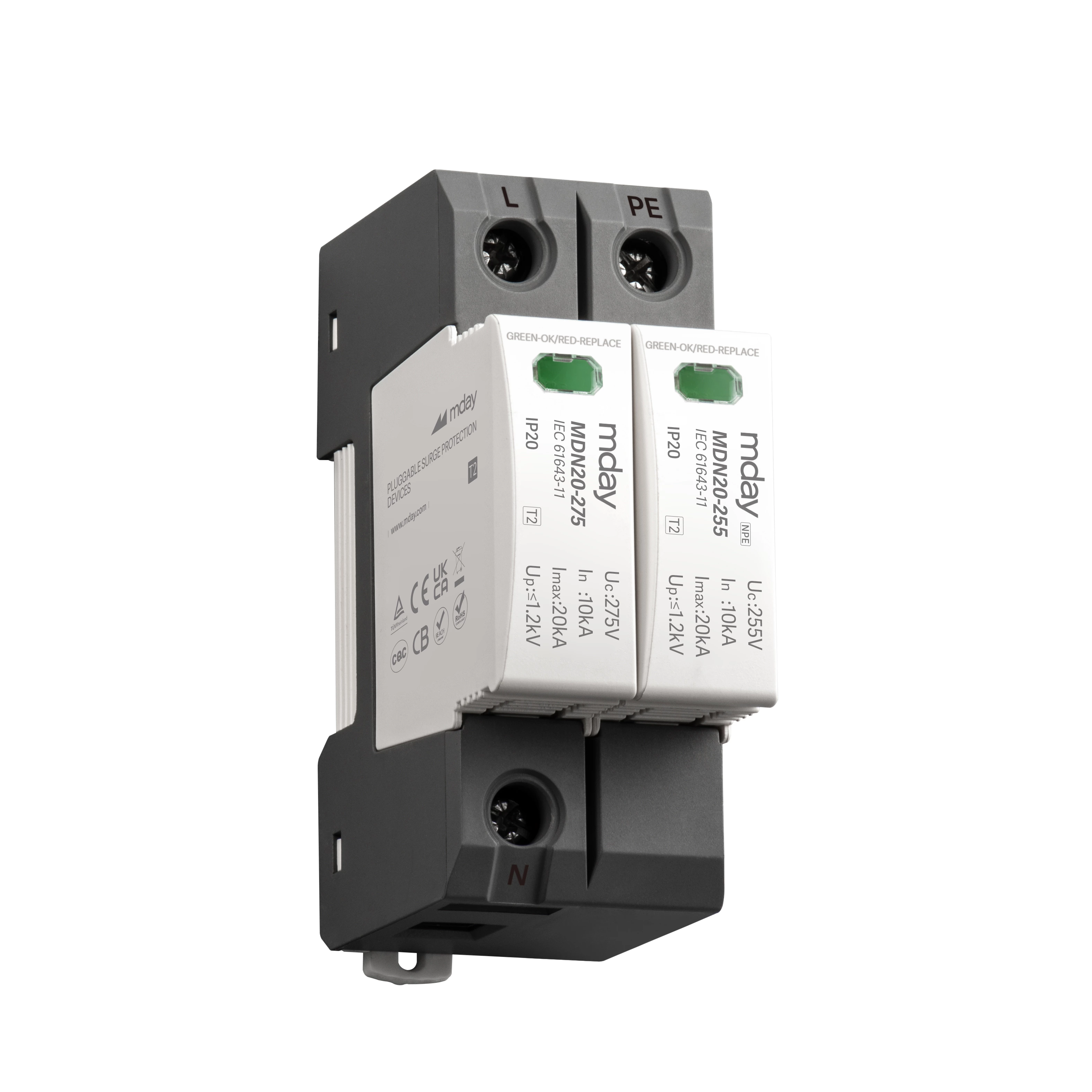Surge Protector - Just Read One Article
With the rapid development of electronic information technology, the continuous increase and expansion of intelligent devices and signal equipment make the safety environment required by people when using these devices particularly important. In our lives, surge protectors are often used to protect the safety of equipment. Today, the editor will take you to talk about surge protective device to understand what surge protection device are, what functions they have, what types they have, and how many levels of protection they have.
Surge protectors (SPDs), also known as surge protectors, are electronic devices that provide safety protection for various electronic equipment, instruments, and communication lines. When a spike current or voltage suddenly occurs in an electrical circuit or communication line due to external interference, the surge protector can conduct and shunt in a very short time, thereby avoiding damage to other equipment in the circuit caused by surges.
Our common surge protectors are divided into switch type, voltage limiting type, and composite type according to their working principles.
When there is no instantaneous overvoltage, it presents high impedance. Once it responds to lightning instantaneous overvoltage, its impedance suddenly changes to low impedance, allowing lightning current to pass through. It is also called "short-circuit switch type SPD".
When there is no transient overvoltage, it is high impedance, but as the surge current and voltage increase, its impedance will continue to decrease, and its current-voltage characteristics are strongly nonlinear, sometimes called "clamp-type SPD".
Composed of voltage switch type components and voltage limiting type components, it can show voltage switch type or voltage limiting type or both characteristics, which depends on the characteristics of the applied voltage.
The first-level SPD is designed and installed in areas with high risk of direct lightning strikes, especially in buildings with external lightning protection systems. It is mainly considered for its tolerance and protection against direct lightning strikes. It is installed between the protection zones LPZ 0B and LPZ 1; the commonly used impulse current parameters of the first-level surge protector products are 12.5KA, 15KA, 20KA, and 25KA.
The secondary SPD is installed at the entrance without LPS or lightning arrester, at the main distribution cabinet or near sensitive equipment, etc., and is installed between the protection zones LPZ 1 and LPZ 2; there are many types of T2 products, and their common maximum discharge current parameters are 20KA, 40KA, 80KA, 100KA, etc. The secondary surge protector mainly considers its voltage protection level up value.
The third-level SPD is installed in the area behind the lightning protection zone LPZ2 to protect sensitive and remote equipment. Its main function is to clamp and reduce the residual surge voltage on the line to less than 1.0V; the third-level surge protector is usually installed at the front end of the terminal equipment to be protected, and can be installed in a variety of environments. Its models and appearances are diverse, including rail-mounted, plug-in, and can be directly installed on the PCB board.
